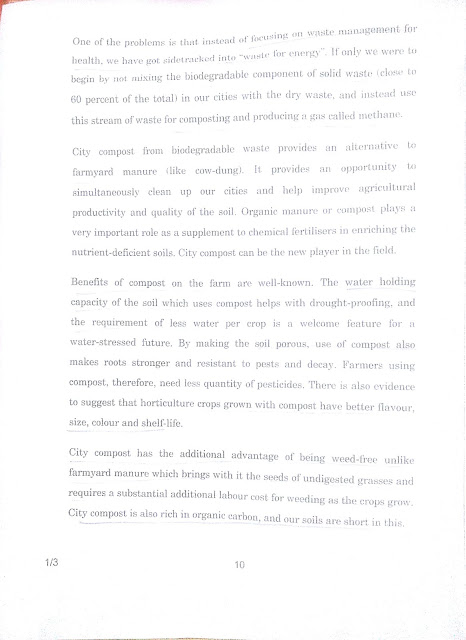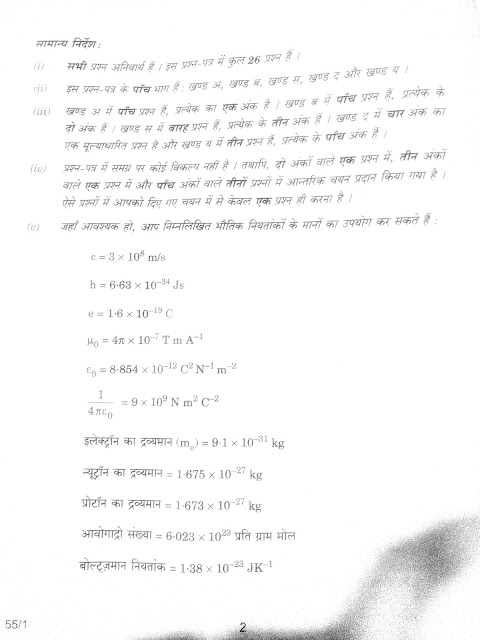INTRODUCTION
Kamala Das is a well-known Indian writer and poet. She was born in Keral . Her poems capture the subtleties of human relationships.
The Poet was driving to Cochin with her mother. Her mother was old and looked weak and sickly. Kamla Das was pained. She thought that her mother might not live long.
She wanted to forget all about this. But at the airport she realised her duty to her mother. She wished to give her hope and moral support . She smiled and assured her mother that she would see her again soon.
SUMMARY
Kamla Das was driving to Cochin from her parent's house. Her sixty-six year old mother was with her. She looked at her mother. She was dozing. Her mouth was open. Her face was pale and colourless like that of a corpse. This pained her. She thought her end was not far away, but she did not wish to think about it . So she looked outside.
By contrast, the scene outside was pleasant and cheerful. Young trees too seemed full of energy. They were sprinting away.
Happy little children were coming out of their homes. They were running and skipping.
But, when she reached the airport and the security check was over, she again looked at her mother. Mother looked sickly and wan(pale and giving the impression of illness or exhaustion.) . Again the fear of separation seized her, but she overcame her emotions. She felt it was her duty to give moral support to her mother. So she smiled and assured her mother that she would see her soon again.
PARAGRAPH WISE EXPLANATION
Driving from my.....................................................................................................of their homes
The poet had gone to her hometown to visit her mother. On Friday morning she was returning. She was driving to the airport at Cochin. Her mother was accompanying her. On the way when the poet turned to her mother, she saw that her mother had dozed off and her mouth was slightly open. Her face was pale and lifeless , just like a dead person's face. The poet was pained to see her mother's face, which was an image of ageing and decay. She suddenly realised that old age had crept upon her mother.
It was a reality she found very hard to accept. The poet was very disturbed to see the condition of her mother. To change her thoughts she looked outside the car and saw young green trees which were speeding away in opposite direction. She also saw a group of children rushing out of their homes to play. Both of these were a reminder of the past. The young sprinting trees represented how time had flown by. The children represented youth, which was full of life and energy. Both the young trees and the children presented a sharp contrast to the poet's mother who was sitting beside her.
But after the............................................................................................................. smile and smile.
After reaching the airport and going through the security check, the poetess, who was standing a few yards away from her mother, once again gazed at her mother. Her mother looked lifeless and dill like a late winter's moon which cannot be seen clearly due to mist and fog. Once again, she was pained on seeing her mother's deteriorating condition. As she was going away and leaving her mother, her old familiar ache, that is her childhood fear that she would lose her mother suddenly came to life. But she tried to hide her feelings from her mother and bid farewell to her with a smile. She gave hope to herself and her mother by saying that they would meet again and kept on smiling.
QUESTION ANSWERS (TEXT BOOK & AUTHOR'S RECOMMENDED)
Q.1 Ageing is a natural process; have you ever thought what our elderly parents expect from us?
Ans. In old age people become weak. Their activities and movements become restricted. They feel lonely . They expect that we should give them company. We should find time to sit with them, to talk to them and to look after their needs.
Think it out
Q.1. What is the kind of pain and ache that the poet feels?
Ans. The poet looks at her mother. She has grown weak and old. It appears she will not live long. The poet feels the pain of having to lose her soon.
Q.2. Why are the young trees described, as 'sprinting'?
Ans. The poet was travelling by car. The Young trees along the road appeared to be sprinting past them.
Q.3. Why has the poet brought in the image of the merry children 'spilling out of their homes'?
Ans. The poet did not want to think of her sickly mother. She looked out. The happy carefree children presented a contrast. It was a good diversion.
Q.4. Why has the mother been compared to the 'late winter's moon'?
Ans. In winter, in the misty sky the moon looks dim, wan and sickly. The mother also looked like that.
Winter is a symbol of old age also. The mother is old and weak. The comparison is apt.
Q.5. What do the parting words of the poet and her smile signify?
Ans. The poet feels sad to think that her mother might leave her for ever. Now she does not keep this thought away. She realises her duty to her mother. She gives her mother a moral support. She does not want her mother lonely and unwanted.
EXTRACTS FOR COMPREHENSION
Read the following lines and answer the questions that follow :
Driving from my parent's home to Cochin last Friday
morning, I saw my mother, beside me,
doze, open mouthed, her face ashen like that
of a corpse and realised with pain
that she thought away, and looked but soon
put that thought away.
Questions :
1. Where was the poetess driving to? Why?
2. How did the poet's mother look during the journey?
3. What did the poet realize? Why did she 'put that thought away'?
Answers:
1. The poet was driving from her parent's house to Cochin. She was going there to catch a flight at the airport.
2. The poet's mother was sixty-six years old. She looked weak and sickly. She was dozing with her mouth wide open.
3. The poet realized that her mother's end was near. It was a painful thought. She did not want to think about it.
So she looked out to divert her attention
and looked out at young
trees sprinting, the merry children spilling
out of their homes, but after the airport's
security check, standing a few yards
away I looked again at her wan, pale.
as a late winter's moon and felt that old familiar ache, my childhood's fear,
but all I said was m see you soon, Amma,
all I did was smile and smile and smile....
Questions :
1. How was the scene outside different?
2. The poet describes her mother with a simile. Point out the simile and explain it.
3. What do you think was her childhood's fear?
Why did she say 'see you soon, Amma'?
Answers:
1. The scene outside was full of joy and activity. Even the trees appeared to run. The children were skipping happily. It was quite opposite to the looks of old mother who was like a corpse.
2. The mother looked sickly. The poet describes he as wan, pale as a late winter's moon. At that time the moon looks very feeble and dim.
3. In her childhood the poet was afraid of being separated from her mother would be lonely. She gave her moral support. She smiled and assured her that she would soon to with her.
AUTHOR'S PICKED QUESTIONS (IMPORTANT QUESTIONS)
Q.1 (ALL INDIA 2016) Read the extract given below and answer the questions that follow.
.... I saw my mother,
beside me,
doze, open mouthed, her face
ashen like that
of a corpse and realised with
pain.....
(a) Who is 'I'?
(b) What did 'I' realise with pain?
(c) Why was the realisation painful?
(d) Identify and name the figure of speech used in these lines.
Ans. (a) 'I' in the above lines is the poetess, Kamala Das.
(b) 'I' realised with pain that her mother had grown old and could die, leaving her alone.
(c) The realisation was painful as the poet was attached to her mother and did not wanted to lose her.
(d) The phrase 'ashen like a corpse' means 'a pale and greyish face that seems lifeless.'
Q.2 ( DELHI (C) 2014 MODIFIED ) Read the extracts given below and answer the question that follow.
........... but soon
put that thought away and
looked out at young
trees sprinting the merry children
spilling
out of their homes.....
*Note: The question had 3 parts, each part containing 4 questions, the following 6 questions were picked by the author of this post.
(a) What are the merry children symbolic of?
(b) Which thought did the poet put away?
(c) What do the 'sprinting trees' signify?
(d) What are "the merry children spilling out of their homes", symbolic of?
(e) Why does the poet make use of the images of 'young trees sprinting' and 'merry children spilling'?
(f) Why are the trees described as sprinting?
Ans (a) The merry children are symbolic of the exuberance of youth.
(b) The poet put away the thought of her mother getting old and of her impeding death.
(c) The 'sprinting trees' signify the time that has passed at a fast pace.
(d) The merry children spilling out of their homes signify exuberance and liveliness of young age.
(e) The poet makes use of these images to emphasise the contrast between old age and youth.
(f) The young sprinting trees symbolise happiness, strength and vigour which are the characteristics of youth.
Q.3 Why does Kamala Das compare to her mother to 'a late winter's moon' ?
( DELHI 2017, DELHI 2013 , DELHI 2011)
Ans The poet's mother has been compared to 'late winter's moon' as the late winter's moon is dull , shrouded and it symbolises the ebbing (ebbing meaning :gradually decrease) of life. Similarly, the poet's mother is pale and old.











































